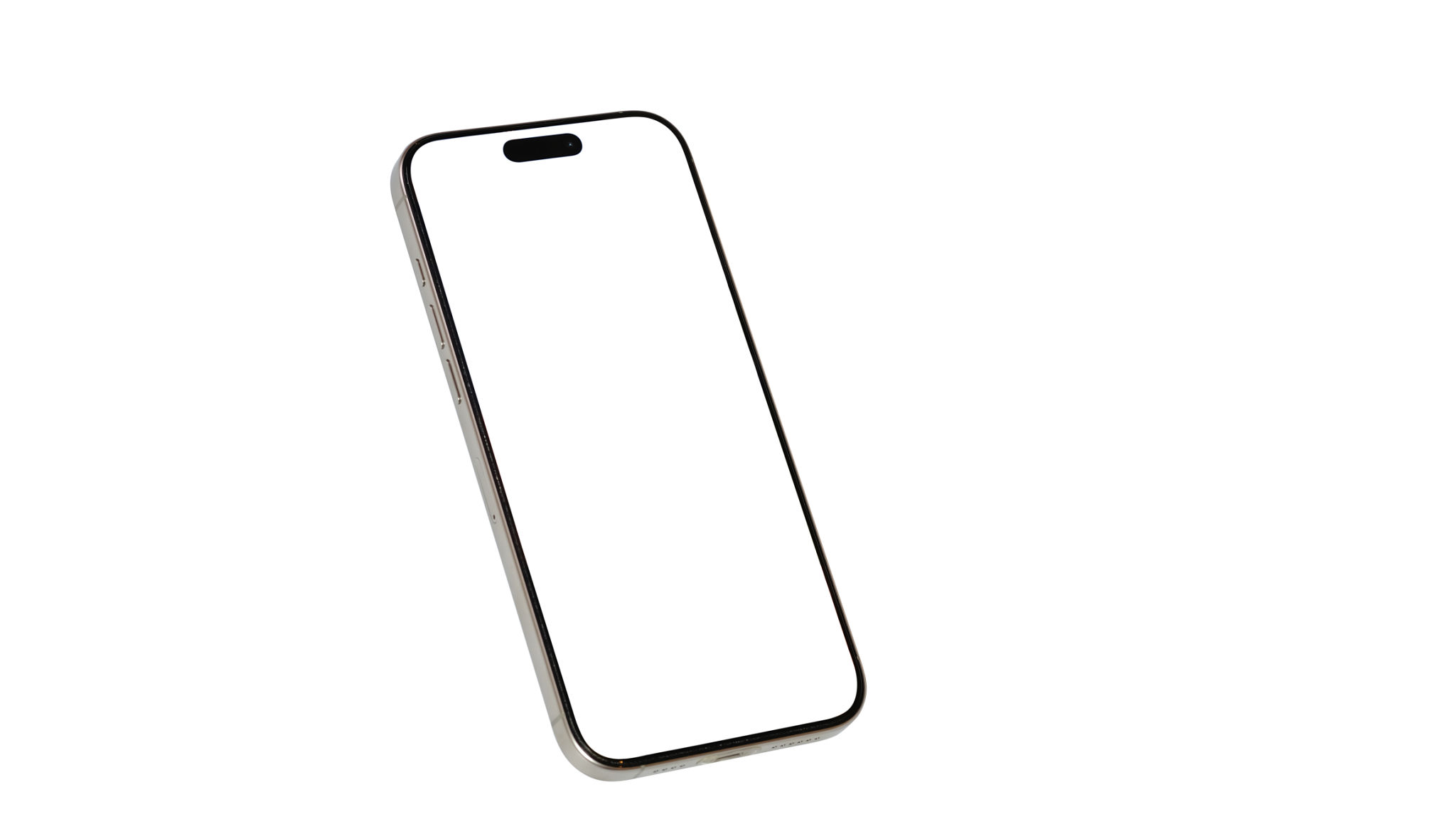How to Choose the Right Material for Your Custom 3D Printed Project
Understanding the Basics of 3D Printing Materials
When embarking on a custom 3D printing project, choosing the right material is crucial for achieving the desired outcome. The choice of material can affect the durability, flexibility, and appearance of your final product. Key factors such as the purpose of the project, the environment it will be used in, and budget constraints should guide your selection process.

Common Types of 3D Printing Materials
The most commonly used 3D printing materials include PLA, ABS, and PETG. PLA (Polylactic Acid) is a biodegradable thermoplastic made from renewable resources like cornstarch or sugarcane. It is easy to print with and is ideal for beginners. ABS (Acrylonitrile Butadiene Styrene), on the other hand, is known for its toughness and impact resistance, making it suitable for more durable projects. PETG (Polyethylene Terephthalate Glycol) combines the best properties of PLA and ABS, offering strength and flexibility.
Factors to Consider When Choosing a Material
When selecting a 3D printing material, consider these key factors:
- Durability: Choose a material that will withstand the intended use and environmental conditions.
- Flexibility: Some projects require materials that can bend without breaking.
- Cost: Balance your budget with the need for quality and performance.

Specialty Materials for Specific Applications
For projects that require specific characteristics, specialty materials might be more suitable. For example, Nylon is known for its excellent mechanical properties and is often used for functional parts that require high strength and durability. TPU (Thermoplastic Polyurethane) offers high flexibility and is perfect for projects that need rubber-like elasticity. Additionally, materials like carbon fiber composites provide enhanced stiffness and strength for demanding applications.
Environmental Considerations
The environment in which your 3D printed object will be used can influence your choice of material. For outdoor projects, materials like ABS and PETG are better suited due to their resistance to UV light and moisture. Meanwhile, for indoor applications or projects where environmental impact is a concern, PLA might be preferred due to its biodegradable nature.

Balancing Aesthetics with Functionality
For many custom projects, aesthetics play a significant role alongside functionality. If the appearance of the printed object is crucial, consider materials like PLA that offer a wide range of colors and finishes. Additionally, certain materials can be post-processed through painting or smoothing techniques to enhance their visual appeal.
Testing and Prototyping
Before committing to a final material for your project, it's wise to conduct tests or create prototypes using different materials. This step allows you to evaluate how each material performs under specific conditions and helps ensure that your final product meets your expectations.

In conclusion, choosing the right material for your custom 3D printed project involves careful consideration of various factors such as durability, flexibility, cost, and environmental impact. By understanding the properties of different materials and their suitability for your specific needs, you can achieve both functionality and aesthetics in your 3D printed creations.